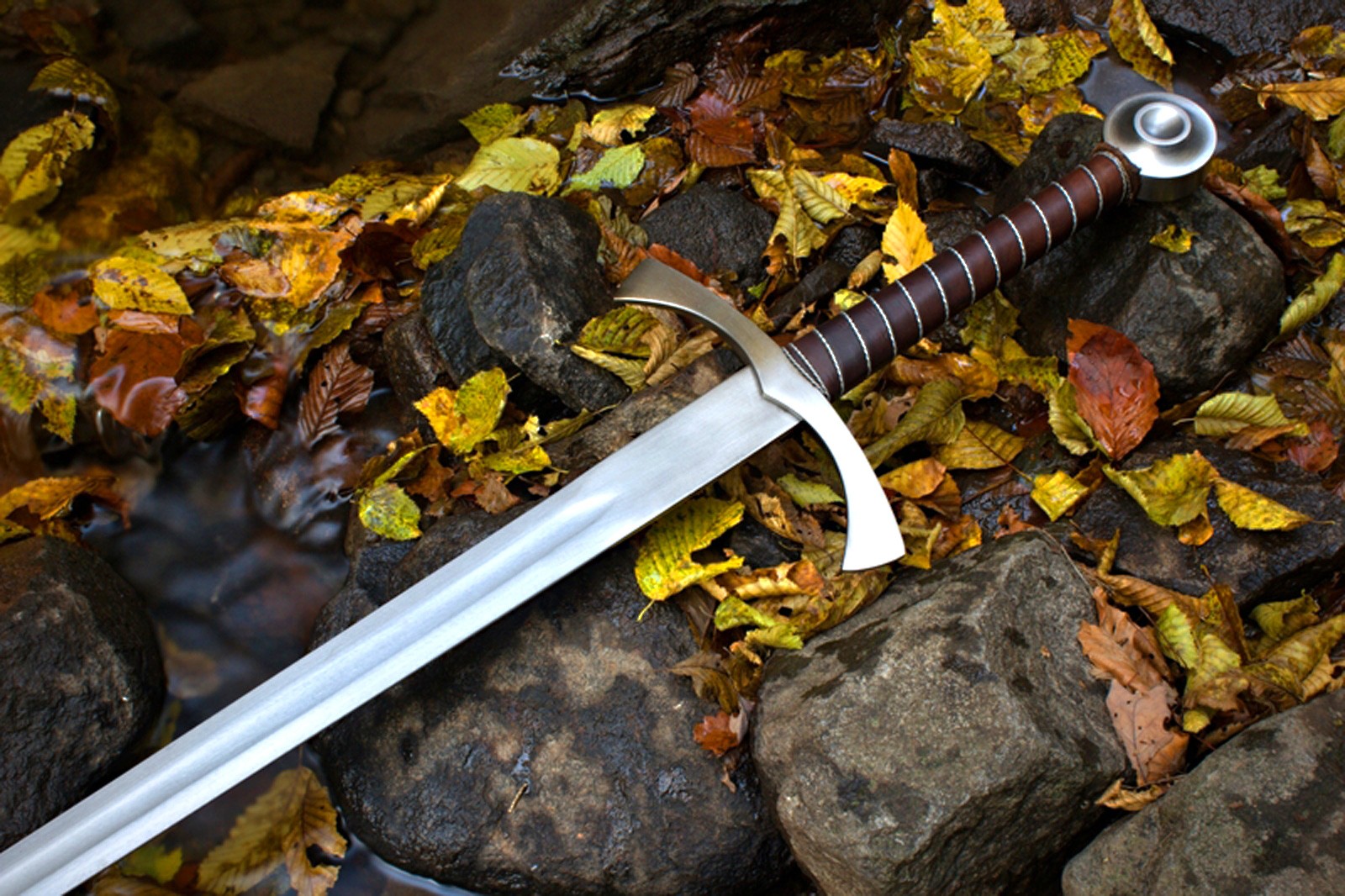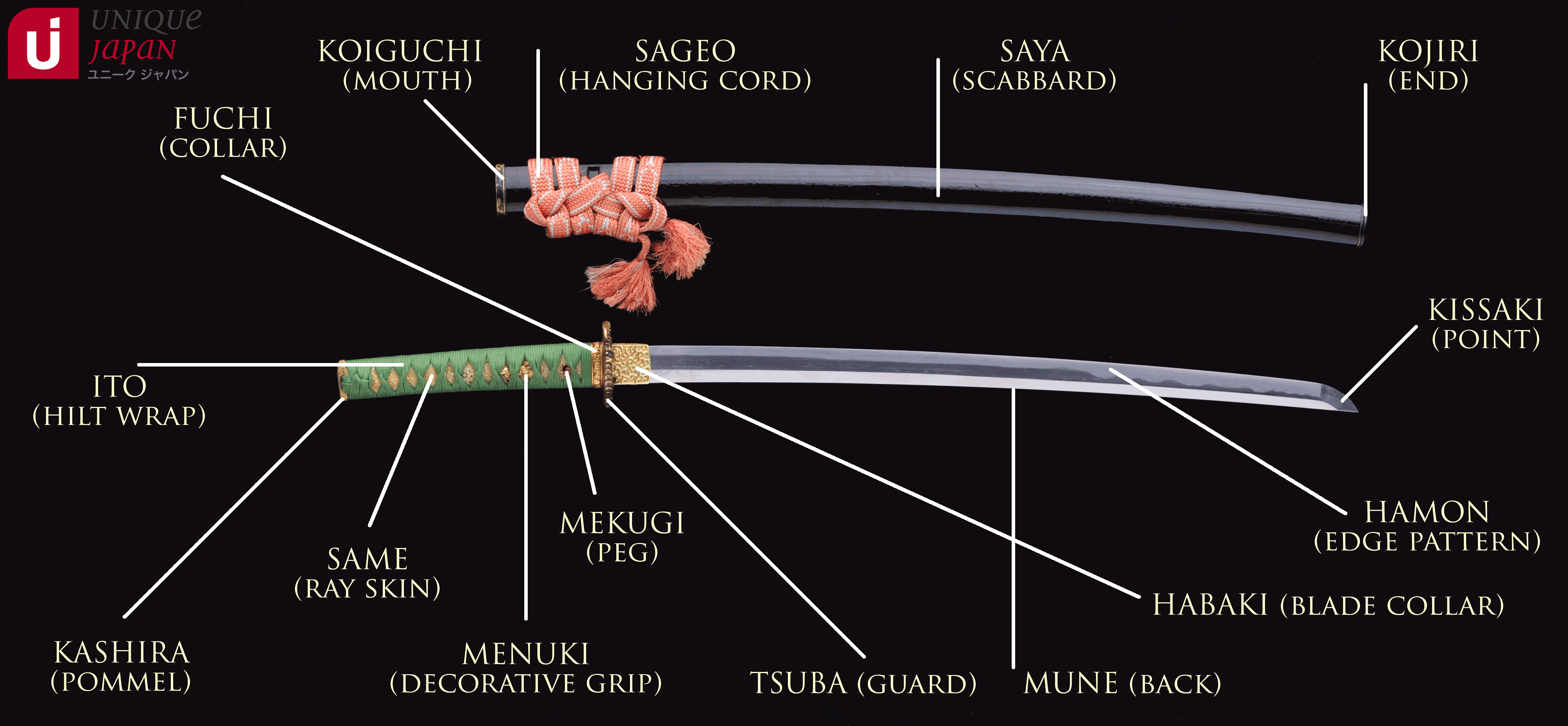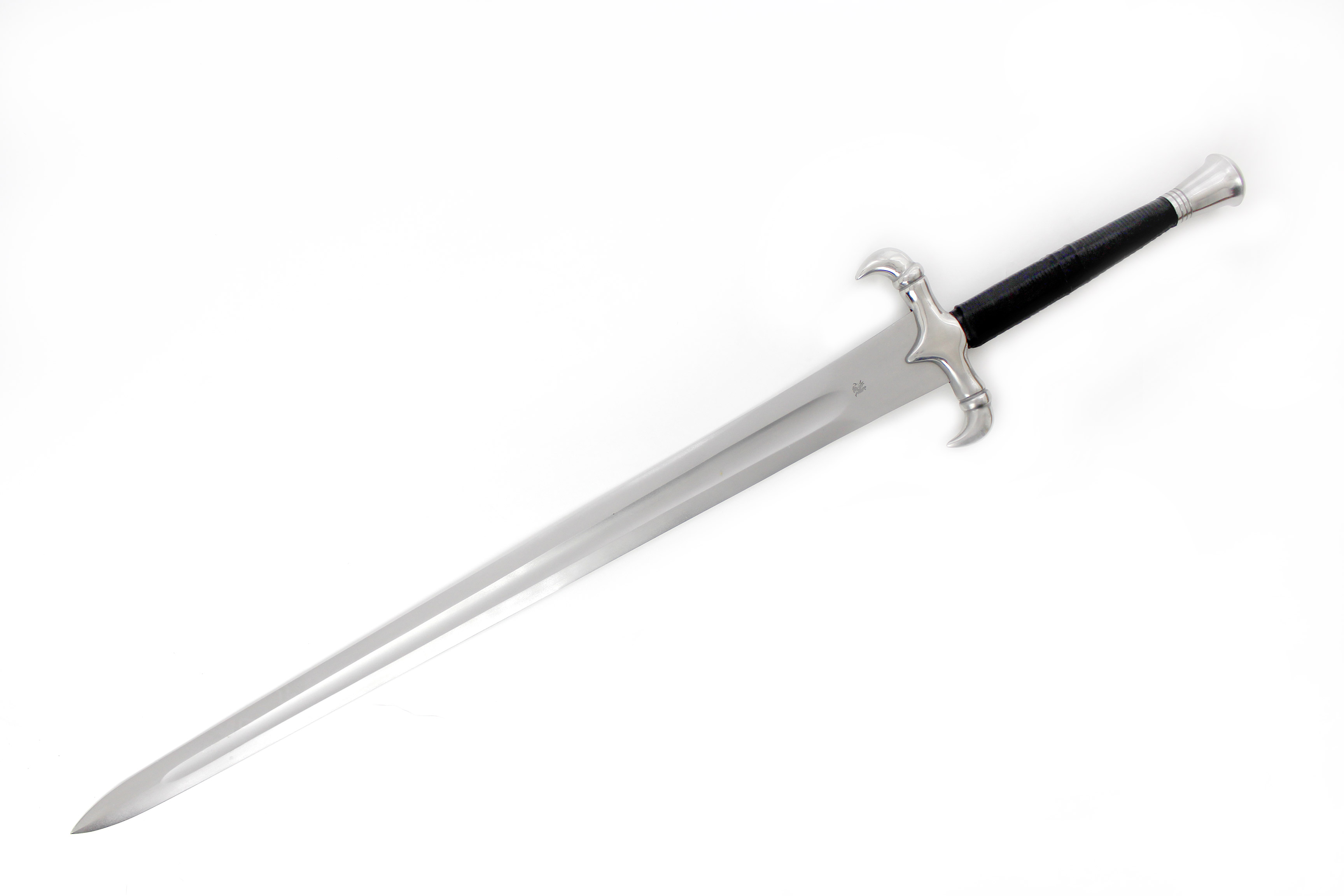Historical Significance of Swords

Swords have a long and storied history, dating back to the Bronze Age. The earliest swords were simple weapons, made of copper or bronze, and were used primarily for thrusting. Over time, swords evolved, becoming more sophisticated and deadly. Iron swords, which were stronger and more durable than bronze swords, became the weapon of choice for many cultures. By the Middle Ages, swords had become highly specialized weapons, with different types of swords designed for different purposes.
Types of Swords
There are many different types of swords, each with its own unique design and purpose. Some of the most common types of swords include:
- Straight swords: These swords have a straight blade, and are typically used for thrusting. They were popular in Europe during the Middle Ages.
- Curved swords: These swords have a curved blade, and are typically used for slashing. They were popular in the Middle East and Asia.
- Double-edged swords: These swords have a blade that is sharpened on both sides. They are typically used for both thrusting and slashing.
- Single-edged swords: These swords have a blade that is sharpened on only one side. They are typically used for slashing.
Famous Swords
Throughout history, there have been many famous swords. Some of the most famous swords include:
- Excalibur: This is the sword of King Arthur, and is said to have been given to him by the Lady of the Lake. It is said to be unbreakable and to have magical powers.
- Durendal: This is the sword of Roland, a paladin of Charlemagne. It is said to be indestructible and to have been made from the tooth of a giant.
- Kusanagi-no-Tsurugi: This is the sword of the Japanese emperor, and is said to be one of the three sacred treasures of Japan.
Swords have played a significant role in human history. They have been used in countless battles and have been the weapons of choice for many of the world’s greatest warriors. Swords are more than just weapons, however. They are also symbols of power, status, and honor.
Cultural Symbolism of Swords: Sword Meaning

Sword meaning – Swords have been imbued with symbolic meanings across cultures, transcending their practical use as weapons. They have become emblems of power, honor, courage, and even divinity.
Power and Authority
In many societies, swords have been associated with the power of the ruling elite. Kings, emperors, and military leaders often carried swords as symbols of their authority and dominance. The sword represented their ability to command and control, to protect and conquer.
- In ancient Egypt, the pharaoh’s sword was a symbol of his divine power, connecting him to the gods.
- In medieval Europe, knights were granted swords as a symbol of their status and authority.
Honor and Courage
Swords have also been closely linked to concepts of honor and courage. In cultures around the world, warriors have carried swords as a symbol of their bravery and willingness to defend what they believe in.
- In Japan, the samurai sword (katana) is a revered symbol of honor and courage, representing the warrior’s unwavering loyalty and commitment.
- In the Middle East, the curved sword (scimitar) has been associated with the courage and prowess of warriors.
Art, Literature, and Film
Swords have played a significant role in art, literature, and film, often serving as potent symbols of cultural values.
- In paintings and sculptures, swords have been depicted as symbols of power, authority, and triumph.
- In literature, swords have been used to represent the struggle between good and evil, the search for justice, and the complexities of human nature.
- In films, swords have been employed to convey themes of heroism, adventure, and the clash of civilizations.
Practical Applications of Swords

Swords have a long and storied history as practical tools for combat and self-defense. Their effectiveness in close-quarters combat has made them a mainstay of armies and law enforcement agencies for centuries.
Techniques and Styles of Swordsmanship, Sword meaning
There are many different techniques and styles of swordsmanship, each with its own strengths and weaknesses. Some of the most common styles include:
- Western swordsmanship emphasizes footwork and blade control, using a variety of cuts, thrusts, and parries.
- Eastern swordsmanship focuses on speed and agility, using a combination of cutting and thrusting techniques.
- Fencing is a sport that uses swords to simulate combat, with a focus on precision and technique.
Use of Swords in Modern Military and Law Enforcement
Swords are still used in modern military and law enforcement, although their role has diminished somewhat with the advent of firearms. However, swords remain valuable tools for close-quarters combat, especially in situations where firearms are impractical or ineffective.
For example, swords are often used by special forces units in urban warfare, where they can be used to clear rooms and engage in hand-to-hand combat. Swords are also used by law enforcement officers for riot control and self-defense.
The sword, a symbol of power and violence, has been used throughout history to conquer and defend. But in the depths of the umbrella pit , it becomes a tool for protection, shielding the vulnerable from the harsh realities of life.
Like the sword, the umbrella pit provides shelter, a refuge from the storms that threaten to consume us. Yet, both the sword and the umbrella pit remind us of the fragility of our existence, the constant threat of danger that lurks in the shadows.
In ancient times, swords were not only weapons but also symbols of power and status. Their sharp edges and gleaming blades represented the strength and authority of their wielders. However, in the realm of imagination, swords could also take on unexpected forms.
Like the umbrella pit , a place where discarded umbrellas found a new purpose, swords could be transformed into something both strange and familiar, blurring the line between the ordinary and the extraordinary.
In the realm of weaponry, the sword holds a place of reverence, its blade a symbol of power and authority. But what exactly constitutes a sword? For a precise sword definition , we turn to lexicographers who define it as a long, sharp-edged weapon with a handle, used for cutting or thrusting.
Yet, the essence of a sword lies not solely in its physical form but in its cultural significance, as it embodies the spirit of the warrior and the weight of history.
The sword, a weapon of great power and symbolism, has been a constant in human history. Its sharp edge has been used to both defend and conquer, to protect and to destroy. In the modern world, the sword has taken on new meanings, from its use in wordle nyt to its display in museums.
Yet, despite its changing uses, the sword remains a potent symbol of both violence and hope, a reminder of the fragility of life and the indomitable spirit of humanity.
In ancient times, the sword was a symbol of power and prestige, a weapon wielded by warriors and kings. Today, it has evolved into a ceremonial object, a symbol of honor and tradition. Like an umbrella that shields us from the elements, the sword protects us from harm, both physical and metaphorical.
Its sharp edge reminds us of the fragility of life, while its strong blade symbolizes our resilience and determination to overcome adversity.